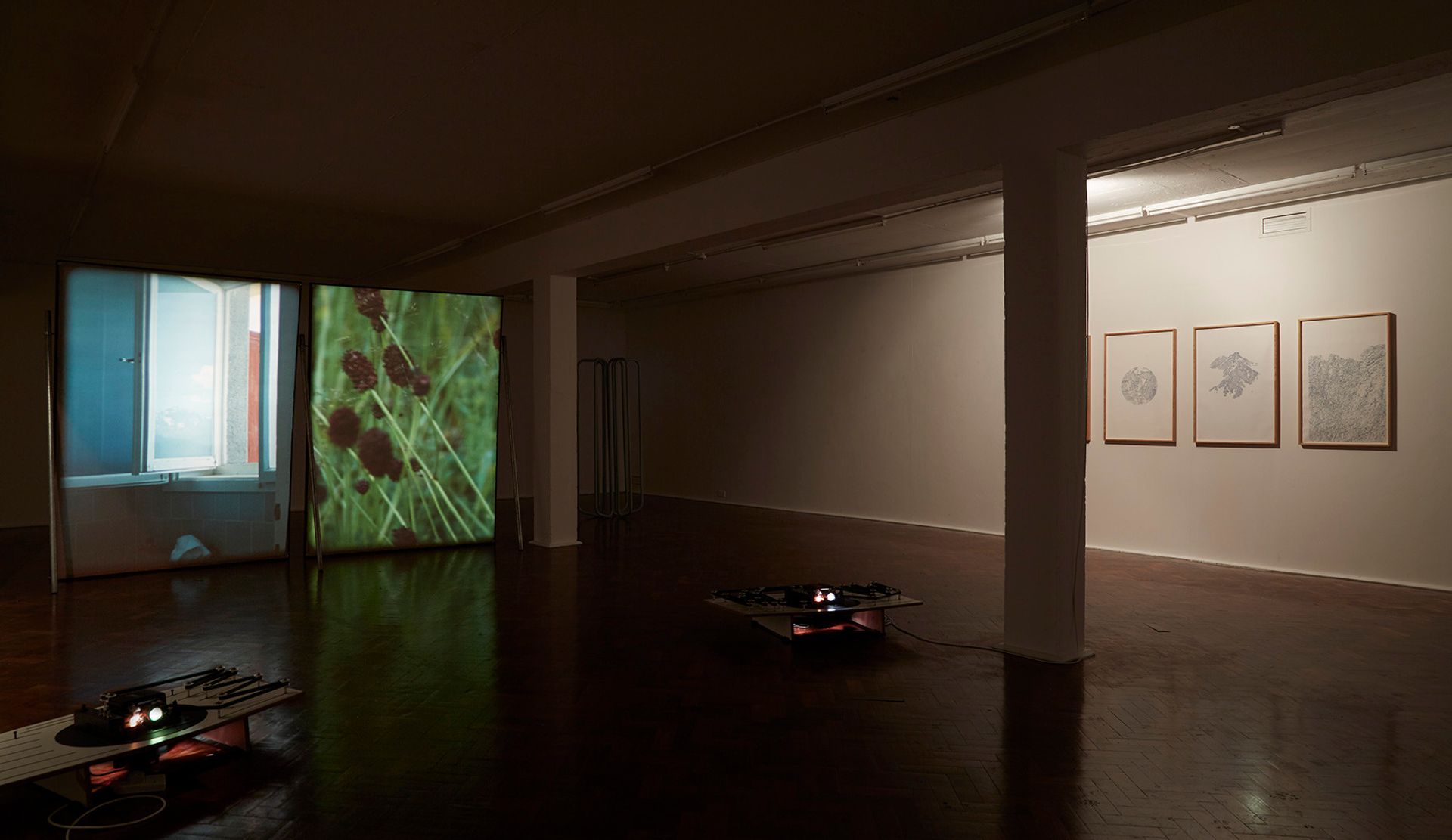Defining Beauty: the Body In Ancient Greek Art, British Museum, until 5 July There is beauty in abundance in this stunning survey of Greek sculpture which not only presents such unprecedented loans as the life-sized bronze Greek athlete recently discovered off the coast of Croatia; a muscular Herakles leaning from Berlin’s Pergamonmuseum, or the dynamic bronze figure of a veiled Alexandrian dancer from the Met in New York (although significantly, none come from Greece); but also for the first time liberates six Parthenon sculptures from the British Museum’s Duveen Galleries and makes us see them anew.
There’s also an abundance of Class A Roman copies, again mainly from the BM’s stellar holdings although a special high point is the Vatican’s Belvedere torso with Michelangelo’s study of it for the torso of his Sistine Adam shown alongside.
But it’s not only Gods and athletes: babies, monsters, grotesques, philosophers, housewives, runaway slaves and even a Grecian-influenced draped Buddha all bear thrilling witness to the Greek preoccupation with depicting the human form and its still-reverberating impact.

Freddy Dewe Mathews: Eternal Soup, Sudden Clarity, Space Gallery, until 22 May Fact, fiction, myth, memory and Modernism meet, melt and merge in this this rich and thoughtful exhibition developed by Dewe Mathews while on a residency in the Swiss Alps, which explores the legacy of health tourism and its relationship to early 20th-century Modernism.
Works include a two screen, 16mm film installation shot in and around one of the area’s many former TB sanitariums where Thomas Mann was believed to have set his 1924 novel The Magic Mountain, as well as in a series of meticulous renderings of the surrounding crags using blue carbon copy paper, a tubular metal sculpture with faint connotations of clinical equipment and a disquietingly suggestive photograph of a ice hole.

X: Herald Street Tenth Anniversary Exhibition, Herald Street, until 24 May Curated by Glasgow International director Sarah McCrory, this self-confessedly “chaotic, somewhat overhung” salute to a decade of one of London’s most important and innovative galleries finds all 22 of its artists celebrating the milestone anniversary in their own very special ways.
X’s abound—in photograms by Markus Amm, a drawing by Donald Urquhart, Michael Dean’s sculpture or a text work by Christina Mackie. There are sardonic black paper chains from Donald Urquhart, multi-coloured bunting from Amalia Pica and Klaus Weber’s toasting hand fountain, along with a host of pieces flagging up inter-artist relationships—most notably and cheekily Cary Kwok’s ejaculatory homage to fellow artist Scott King.

Tutti Frutti, Turps Gallery, until 24 May The inaugural show of this new gallery set amongst the concrete terraces of South London’s giant Aylesbury Estate reflects its close association with both Turps Banana Magazine and the Turps Painting Studio Programme, by presenting a tightly curated snapshot of the range and possibilities of current painting practice.
More established names such as former RCA prof of painting Graham Crowley, Kaye Donachie and James White combine with newer voices including Karla Busuttil’s enigmatic and slightly sinister pair of embracing figures, the bold banner like abstracts of Tim Ellis and George Little’s energetic mash-up of red gingham checks and flourishes of spray paint.

Los Carpinteros, Parasol Unit, until 24 May Viva Los Carpinteros! At last a decent-sized UK airing of this two-man Cuban art collective whose multifarious and immaculately crafted output confirms that it is possible to be flamboyant and funny while at the same time making serious political points based on intense personal experience.
From the procession of 200 darkly official suits each shot through the heart with a Cuban star, to the walls splattered with the bloody explosion of more than 200 tomatoes, each of which is covered by a perfect porcelain facsimile, or the remake of Havana’s famous 1940s Modernist Solimar building as a giant loudspeaker, emanating with the voices of its current tenants, the reputation and the realities of their homeland are interrogated and trenchantly critiqued.
Nowhere is their ambivalence and disquiet better expressed than in Conga Irreversible, their film of black clad carnival dancers all cha-cha-ing backwards through the streets of Havana with increasing speed and mania into an uncertain future.

